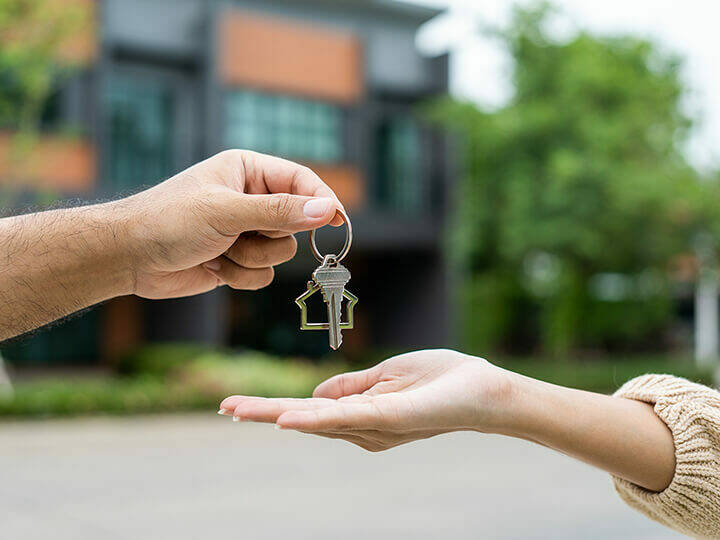Hackney Council are using the UPRN to identify the most vulnerable people in our communities and to give them the joined-up, practical support they need.
Every business and organisation wants to move faster and deliver better results. As Covid-19 is a threat to us all, it's never been more important to understand who needs help – to identify the most vulnerable people in our communities – and to give them the joined-up, practical support they need. The Unique Property Reference Number (UPRN) has an invaluable role to play in making this achievable, with confidence.
Looking for clarity
At this challenging time, some people simply want information about what's happening and support in keeping their morale up – mental and physical health always go hand in hand. For others, there's a specific need for specialist medical care or increased levels of support services. To deliver on both requirements, local authorities, blue light, and local health services need to make targeted, joined-up, efficient and effective plans.
Hackney Council has responded rapidly to the current health crisis. The data and insight team at HackIT (the council's ICT service) have used the Unique Property Reference Number (UPRN) to get clarity on the make-up of their communities, using it to help pinpoint which local residents and businesses are most vulnerable to the health and economic impacts of Covid-19, including feelings of isolation and loneliness.

Compiling data with confidence
A live view of most at-risk residents was compiled and released by the council's data and insight team. Combined datasets revealed 12,500 households in Hackney were ‘particularly vulnerable' to Covid-19 as an illness, and 25,000 workers would be in the same category in terms of the pandemic's economic impact.
The underlying data showed where those individuals live and if they are known to other services such as social care, making it easier for all council services to work collaboratively on providing the right support, at the right time, in the right place.
Perhaps most importantly, the way in which the data was compiled also serves to protect personal details; it minimises the risk of error or duplication; it provides targetable locations – using the UPRN to provide pinpoint accuracy – and it does all of this in a way that makes information easily shareable among key support services.
This clarity was achieved by bringing together a complex cluster of datasets and has enabled the council to better understand residents living at a property in terms of their vulnerability. The datasets included a mixture of council-held datasets – things like council tax, electoral registration, housing benefits, adult social care, children's and families' services, and those who get assistance with bulky waste collections. It included external data too, for example tenancy deposit data was used to help estimate the number of residents living at an address. The data and insight team will continue to add in relevant datasets to develop a richer picture of vulnerability across Hackney.
Getting value from the UPRN
All of these datasets shared two commonalities: they could be interpreted to provide vulnerability flags at a household level, and they all included a reference to location. But the datasets were also disparate, in as much as they represented different subsets of the community. However, by using the Unique Property Reference Number to correlate the underlying data, locations of vulnerable people in the community were identified with confidence.

Hackney Council has said that its current focus is for categories on vulnerability to stay "as broad as possible" as it works to put in place support for those who might need it. In the future, to refine the numbers, the data and insight team intends to expand the datasets included, for example using parking data on blue badges to identify others with disabilities and health conditions, and education data on children eligible for free school meals to identify further households that may need food assistance. A Covid-19 briefing pack with the data and insight team's initial analysis is available here.
This work will support the council's aim to build a comprehensive picture of vulnerable residents across Hackney through a central, single source of truth. This will enable teams to share data, collaborate, and provide our residents and businesses with the support that they need.
Rob Miller, director of ICT at Hackney Council said:
"We have a long-standing commitment to working in the open and working together with our colleagues across the wider local government community to help improve services for our residents. This is now more important than ever, so that we can support our residents and businesses in the face of the unprecedented crisis presented by coronavirus. Sharing our thinking, methodologies and the work we deliver, and developing this together with peers, means that we can move faster and deliver better results for Hackney and councils elsewhere."
Quote from Rob Miller courtesy of the Hackney Citizen

View slides from HackIT here:
https://docs.google.com/presentation/d/1c_Iennul2UI3mws3qN3XrEKEWEswqa7GRk6krIjknsA/mobilepresent?slide=id.g57d875775d_0_0



